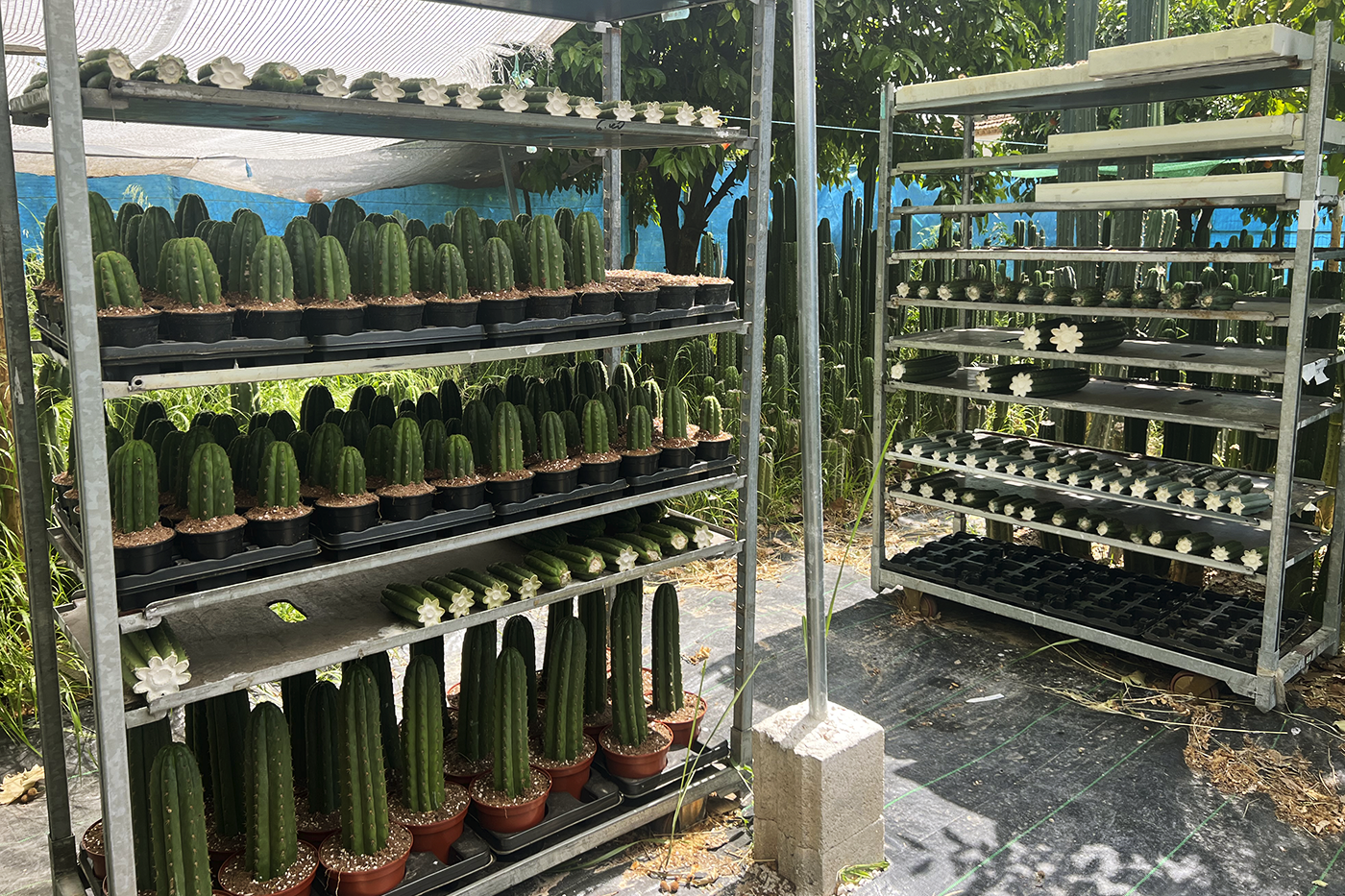Trichocereus, known for its resilience and adaptability, is a genus of cacti native to South America, especially thriving in mountainous regions of countries like Bolivia, Ecuador, and Peru. Among its species, the Trichocereus pachanoi (commonly known as the San Pedro cactus) stands out not only for its striking appearance but also for its traditional use in medicine and spiritual rituals. However, to achieve abundant flowering and maintain healthy growth, it’s essential to follow specific gardening practices and care routines.
1. Understanding the Natural Habitat
Trichocereus species grow at elevations ranging from 2,000 to 3,000 meters (6,500–9,800 ft), which means their natural environment includes warm daytime temperatures and cool nights. To replicate these conditions, aim to provide plenty of sunlight while ensuring that nighttime temperatures remain stable, especially during the flowering season.
1.1 Sunlight
Trichocereus flowers are large and fragrant, and the plant needs at least 6–8 hours of direct sunlight per day to produce them abundantly. Choose a location with ample sun exposure, but protect the plant from the intense midday sun, as too much heat can burn the sensitive tissues.
2. Soil and pH
Soil type plays a critical role in the health and flowering potential of Trichocereus. These cacti thrive in well-draining soil to prevent root rot. A recommended mix includes equal parts potting soil, coarse sand, and perlite.
2.1 Soil pH
The ideal soil pH for Trichocereus ranges between 6.0 and 7.5. Use a soil pH test kit to verify levels. If the soil is too acidic or too alkaline, adjust it by adding lime to raise the pH or sulfur to lower it.
3. Proper Watering
One of the most common mistakes in caring for Trichocereus is overwatering. During the growing season, water every 2–3 weeks, allowing the soil to dry out completely between waterings. It’s safer to underwater than to risk soggy roots. In winter, reduce watering significantly.
3.1 Root Development
Proper watering supports strong root development, which in turn improves nutrient uptake and results in more vigorous flowering.
4. Nutrition
Regular fertilization is essential to maximize flower production. Use a cactus-specific fertilizer rich in phosphorus, as this nutrient promotes blooming. Apply fertilizer every 4–6 weeks during the growing season (spring and summer).
5. Pest and Disease Control
Keep an eye out for pests such as mealybugs, aphids, and spider mites, as well as fungal infections. Early treatment with natural insecticides or insecticidal soap can help prevent infestations and protect flower development.
6. Optimizing Pollination
If you want to enhance flower production even further, consider manual pollination. Use a soft brush to transfer pollen from one flower to another. This is especially effective if you have multiple plants and want to boost fertilization rates.
6.1 Flowering Season
Trichocereus flowers typically open at night, attracting nocturnal pollinators like bats and moths. Make your garden pollinator-friendly by avoiding pesticide use during their active hours.
7. Pruning and Maintenance
Regular pruning of dead or diseased branches not only improves the plant’s appearance but also enhances air circulation and reduces the risk of disease. In some cases, pruning can stimulate new growth and more prolific flowering.
Conclusion
Maximizing flower production in Trichocereus requires a holistic approach—from replicating natural habitat conditions to careful watering and nutrition. With the right environment and attentive care, you’ll enjoy the stunning blooms of these remarkable cacti. Remember, every plant is unique and may need some adjustments over time. Stay observant and adapt as needed to unlock the full potential of your Trichocereus.




